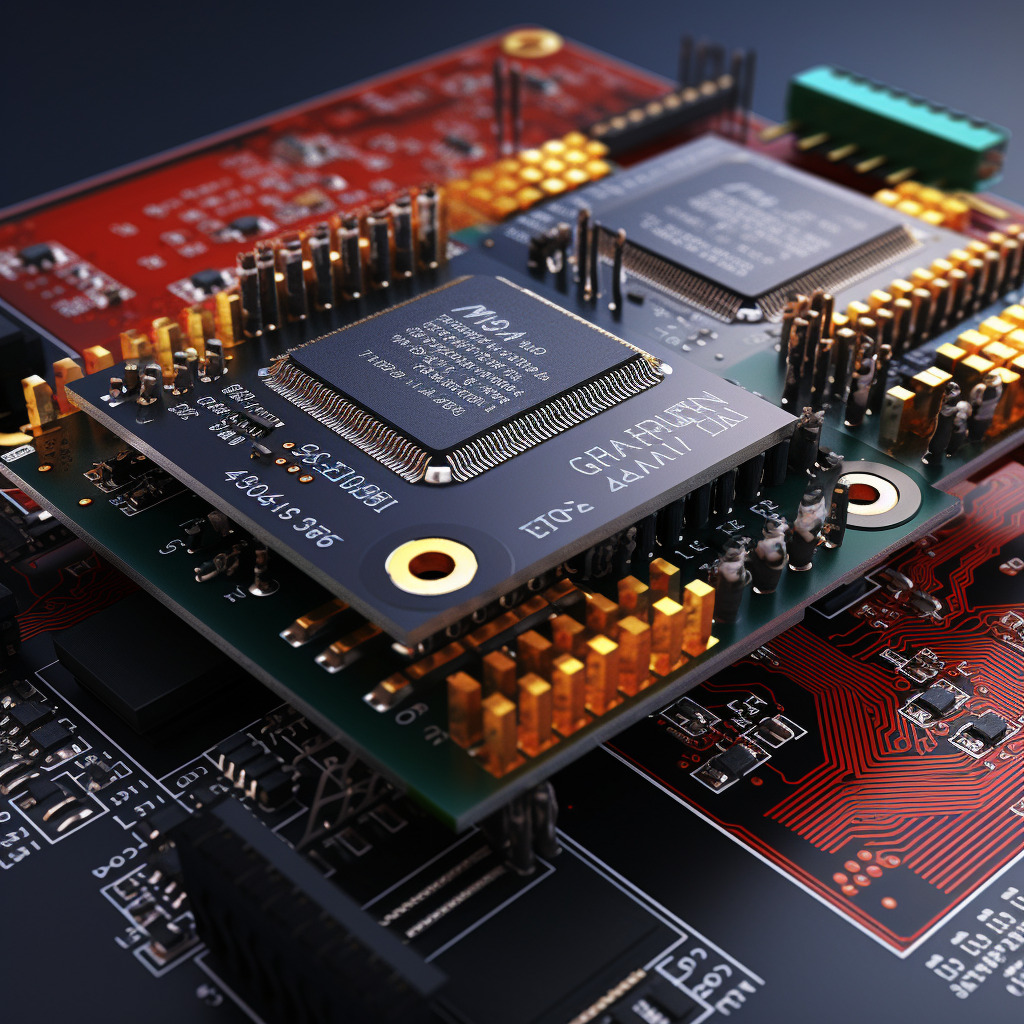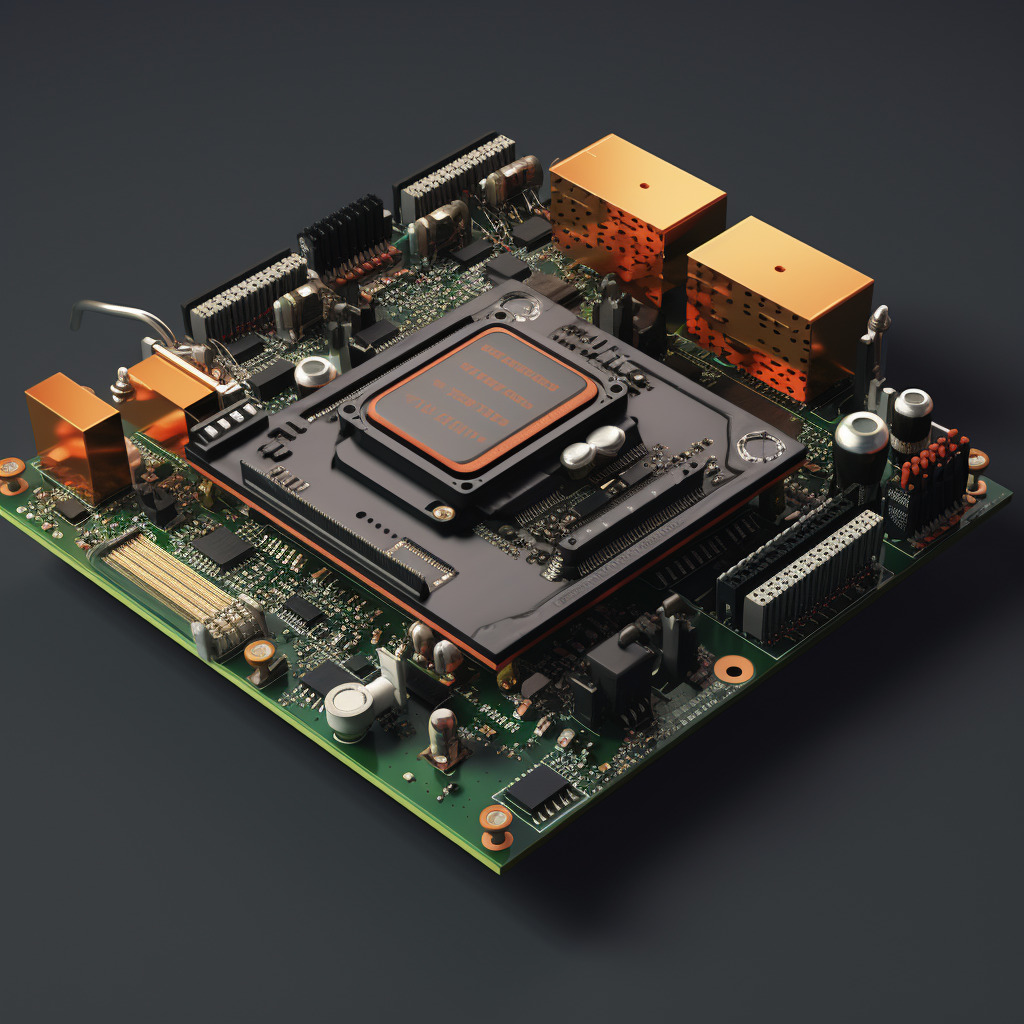Time: 2024-01-09 17:30:59View:
A compiler is a software tool that translates high-level programming language code into machine code or an intermediate code that can be executed by a computer. When a programmer writes code in a language like C, C++, Java, or Python, the code is written in a way that is easy for humans to understand and work with. However, computers can only understand and execute instructions written in machine code, which is a binary language consisting of 0s and 1s. This is where a compiler comes in.
One of the key advantages of using a compiler is that it allows programmers to write code in a high-level language that is more expressive and easier to understand than machine code. Additionally, the process of compilation can catch many types of errors before the code is executed, which can help to improve the reliability and security of software. Compilers are essential tools for software development and are used to build everything from operating systems and device drivers to applications and games.

Compilers can be categorized into different types based on their functionality, target platform, and the languages they support. One common classification is based on the source and target languages they work with. For instance, a C compiler translates code written in the C programming language into machine code or another lower-level language. Similarly, there are compilers for languages like C++, Java, Python, and many others, each tailored to handle the specific syntax and features of the respective language.
Another way to classify compilers is based on their target platform. Some compilers are designed to generate code for a specific type of hardware architecture, such as x86, ARM, or MIPS. These are known as cross-compilers when they generate code for a platform different from the one on which the compiler itself runs. Cross-compilers are commonly used in embedded systems development, where the target device may have different hardware than the development machine.
Furthermore, there are compilers that generate code for virtual machines or intermediate representations, such as the Java Virtual Machine (JVM) or the Common Language Runtime (CLR) in the case of Java and C# respectively. These compilers translate source code into bytecode that can be executed on any platform that has the corresponding virtual machine installed. This approach allows for platform independence and portability of the compiled code.
Additionally, some compilers are designed for specific purposes, such as optimizing compilers that focus on improving the performance of the generated code, just-in-time (JIT) compilers that translate code at runtime for execution, and interpreted language compilers that convert code into an intermediate form that is executed by an interpreter rather than directly generating machine code.
In summary, compilers come in various types, each tailored to specific languages, target platforms, and usage scenarios. Understanding the different types of compilers is essential for developers to choose the right tool for their specific programming needs and to optimize the performance and portability of their software.

A compiler is a complex software tool that performs several essential tasks to translate high-level programming language code into machine code or an intermediate code that can be executed by a computer. The process of compilation involves multiple stages, each of which plays a crucial role in transforming human-readable code into instructions that a computer can understand and execute.
The first stage of compilation is lexical analysis, where the compiler breaks the source code into tokens such as keywords, identifiers, operators, and literals. These tokens are then organized into a data structure called a parse tree or abstract syntax tree (AST), which represents the grammatical structure of the code. This step involves parsing the code to ensure that it follows the syntax rules of the programming language.
Following lexical analysis, the compiler performs semantic analysis, which involves checking the code for semantic errors and gathering information about the types and variables used in the code. This stage ensures that the code adheres to the language's rules and constraints, such as type compatibility and scoping rules. Semantic analysis also involves type checking to verify that operations are performed on compatible data types.
After lexical and semantic analysis, the compiler generates an intermediate representation of the code. This intermediate representation can take various forms, such as assembly language, bytecode, or an intermediate language specific to the compiler. This representation serves as a bridge between the high-level source code and the machine code, allowing for further analysis and optimization.
The next crucial step is optimization, where the compiler aims to improve the efficiency and performance of the code. Optimization techniques can include rearranging and simplifying the code to reduce execution time, memory usage, or power consumption. Common optimization strategies include constant folding, loop unrolling, and inlining of functions.
Finally, the compiler translates the optimized intermediate code into machine code specific to the target platform. This machine code consists of low-level instructions that can be directly executed by the computer's processor. The resulting machine code is typically stored in an executable file that can be run on the target platform.
In summary, a compiler is a sophisticated tool that performs lexical and semantic analysis, generates intermediate representations, optimizes the code, and translates it into machine code. This process allows programmers to write code in a high-level language and benefit from the expressive power of that language while producing efficient and reliable software that can be executed on a computer.
The distinction between compilers and interpreters lies in how they process and execute source code written in high-level programming languages. A compiler translates the entire source code into machine code or an intermediate representation before execution, while an interpreter processes the source code line by line, executing it directly without producing a separate executable file.
Compilers undergo several stages to convert the entire source code into machine code or an intermediate representation. These stages include lexical analysis, parsing, semantic analysis, code optimization, and code generation. The resulting output is an executable file that can be run independently of the original source code. This approach offers potential performance benefits, as the entire code is optimized before execution, and the resulting machine code can be executed directly by the computer's processor.
On the other hand, interpreters process the source code line by line, executing it directly without producing a separate executable file. The interpreter reads each line of code, translates it into machine code or an intermediate representation, and then executes it immediately. This process is repeated for each line of code, allowing for immediate feedback and dynamic execution. Interpreters are often used in scripting languages and environments where rapid development and prototyping are essential.
While compilers and interpreters have distinct approaches to processing and executing code, there are also hybrid approaches, such as just-in-time (JIT) compilation. JIT compilers combine elements of both compilation and interpretation. They initially translate the source code into an intermediate representation, which is then executed. However, the JIT compiler can also analyze and optimize the code at runtime, translating parts of it into machine code for improved performance.
In summary, compilers and interpreters represent two different approaches to processing and executing source code. Compilers translate the entire source code into machine code or an intermediate representation before execution, potentially offering performance benefits, while interpreters process the source code line by line, allowing for immediate feedback and dynamic execution. Additionally, hybrid approaches like JIT compilation combine elements of both compilation and interpretation, offering a balance between performance and flexibility.
Compiler design offers several advantages and disadvantages, which are important to consider in the context of software development and programming languages.

1. Performance: Compiled code generally runs faster than interpreted code, as the entire source code is translated into machine code or an intermediate representation before execution. This optimization can lead to improved performance and efficiency.
2. Portability: Once compiled, the resulting executable file can be run on any compatible platform without the need for the original source code or the compiler itself. This portability is advantageous for distributing software across different systems.
3. Error Checking: Compilers perform comprehensive analysis of the source code, including lexical, syntactic, and semantic checks. This process can catch many types of errors before the code is executed, leading to more reliable and secure software.
4. Optimization: Compilers can apply various optimization techniques to improve the efficiency and performance of the code, such as loop unrolling, inlining, and constant folding. This can result in faster and more resource-efficient programs.
1. Compilation Time: The process of compiling source code into machine code or an intermediate representation can be time-consuming, especially for large codebases. This can lead to longer development cycles and slower feedback during the coding process.
2. Platform Dependency: Compiled code is often specific to the target platform, which can limit the portability of the resulting executable file. Cross-compilation and the use of virtual machines can mitigate this issue, but it remains a consideration in compiler design.
3. Debugging: Debugging compiled code can be more challenging than debugging interpreted code, as the relationship between the source code and the generated machine code may not be straightforward. Tools such as debuggers and profilers are essential for addressing this challenge.
4. Flexibility: Compiled code is static and cannot be easily modified at runtime. This can limit the dynamic behavior of the software, especially in environments where rapid prototyping and dynamic execution are essential.
In conclusion, compiler design offers advantages such as improved performance, portability, error checking, and optimization. However, it also presents challenges related to compilation time, platform dependency, debugging, and flexibility. Understanding these trade-offs is crucial for choosing the right approach to software development and selecting the most suitable programming languages for specific use cases.